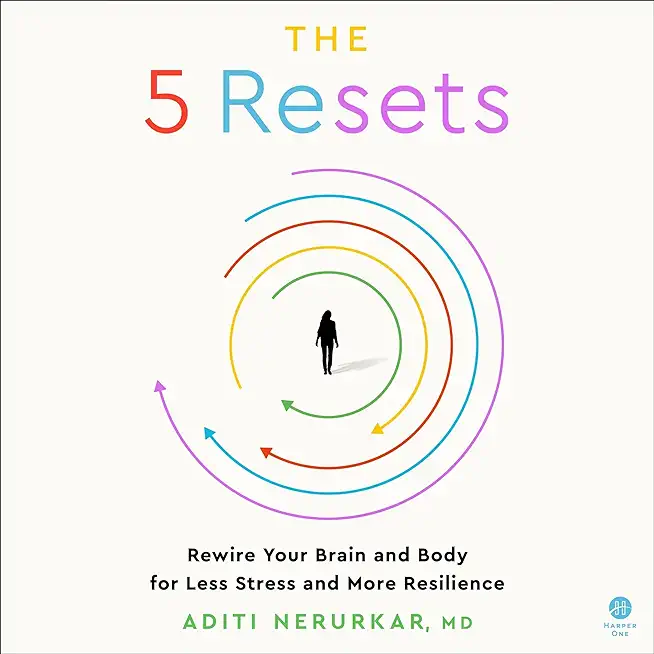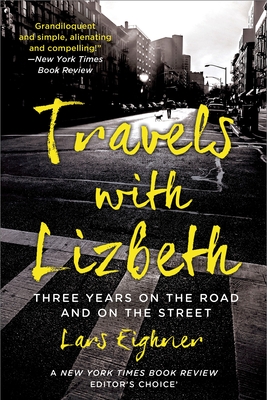
Well-known Florida artist Marcy Von Kohorn discovered pages from her Grandfather Morris' journal detailing his family's voyage from Russia to the United States, arriving in Philadelphia on July 3, 1888. English was his first language, and his handwriting was hard to read. He took various jobs until one day a man from the U.S. Secret Service approached him, and before he knew it, he was taken in front of a judge who swore him in as an American citizen and then as a secret agent. He eventually helped the government bust several counterfeiting rings. From that he was put on the trail of Cuban gun smugglers during the Cuban revolution. When his stint with the government was over, he married Molly Diamond and started a family. Soon he became partners with another Russian immigrant, and the two flourished in the real estate business, building famous department stores and hotels. Morris eventually became on e of the wealthiest men in Philadelphia.
Morris and Molly had a daughter who grew up to be Marcy's mother. Marcy was very close to her grandfather Morris and also kept a diary, which she referred to when writing this family story, including her first marriage, the birth of her two sons and then her divorce from their father. Marcy writes about the first time she set eyes on Henry Von Kohorn, a brilliant engineer and widower with three boys. She details their whirlwind courtship and their happy marriage which produced their sixth son and spanned over a half century.
Marcy is candid about the ups and downs of her life, including traumatic years when Henry's patents were infringed upon, leading to years of dealing with lawyers and lawsuits. To cope with stress, Marcy turned to her watercolor paintings using Chinese brushstrokes which also brought her success in the art world. Her paintings have been shown in galleries across the globe, including The Norton Gallery, Palm Beach, Florida, Lincoln Center, Washington D.C. and at an art show in Cairo, Egypt, where her art was displayed alongside one of Egypt's most revered artists, Salah Taher. Many of her paintings are featured in full color in this book.
After Henry passes away, Marcy remembered what a wheelchair-bound friend taught her--"Nothing is good or bad. It's thinking that makes it so." Marcy writes: "I have remembered Burton's gift to me throughout my life. I have tried to accept what cannot be changed. Attitude is everything." Marcy went on to travel the world, visiting Europe, the Middle East, Peru, China, New Zealand and more, adventures which she shares within these fascinating pages.







